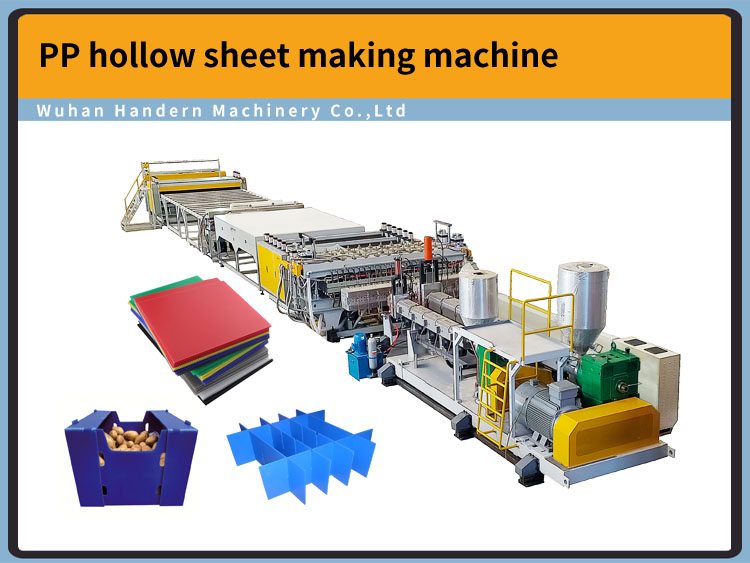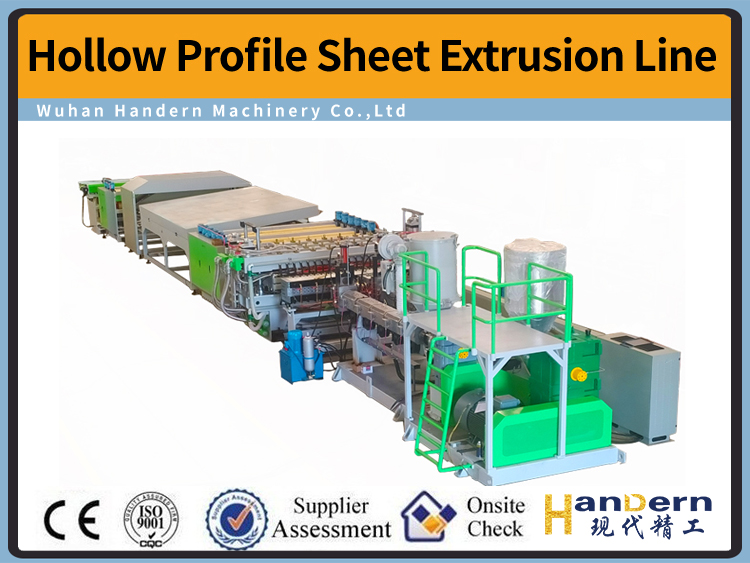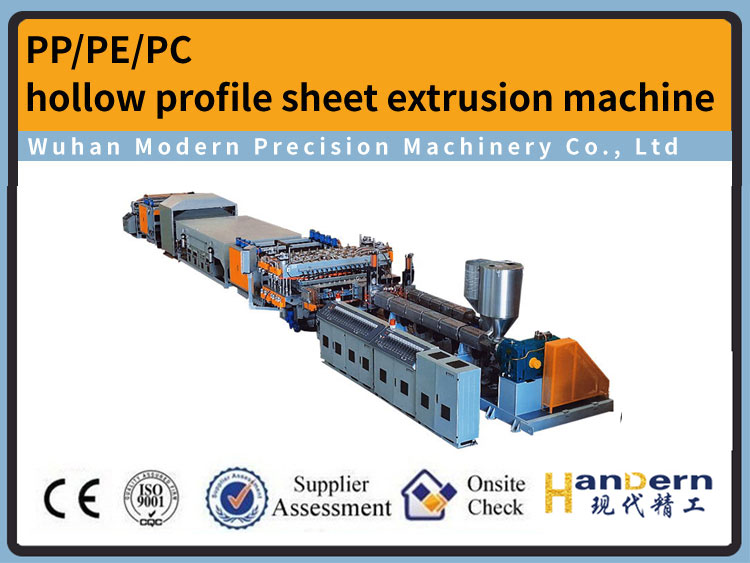Polyethylene pattern film
DATE:2021/9/2 8:39:13 / READ: / SOURCE:This station
Polyethylene pattern film
1. Material selection and formula design
The thickness of the polyethylene pattern film is generally between 0.4-0.8mm, and four embossed patterns should be engraved on the thin film, so the extrusion casting process is used in the process, and the blow molding process cannot be used. Due to the poor calendering performance of polyethylene, it is very easy to cause the sticking phenomenon of the wrapped roller according to the general ethylene processing conditions. Considering that the product must have a certain degree of softness, tensile strength, elongation at break, and antistatic properties of the product, the selection of materials is crucial. Through repeated tests, it is determined that the film-making grade with a melt flow rate of 1.525gmin is selected. 60 parts of low-density polyethylene, 40 parts of linear polyethylene with the same melt flow rate, 5 parts of CKM-1 or CKM-2 ultra-concentrated polyolefin masterbatch and appropriate amount of pigments. The pigments must be inorganic pigments to prevent The resin structure has an impact, and the film appears to be a phenomenon.
2. Main equipment
(1) Extruder A speed-adjustable motor with a diameter of 65mm, a length-to-diameter ratio of 22, a compression ratio of 3.5, and a power of 7.5kw. The mold is a T-shaped mold.
(2) Auxiliary machine The auxiliary machine is an embossing device, a two-roll stretching machine
(3) High-speed mixer, the power is 11kw, the speed is 550r/min
(4) Speed-regulating motor with a power of 1.2kW for the slitting machine.
3. Preparation process
(1) Process flow ingredients → mixing, feeding, extruding, stretching, embossing, cooling-conveying-cutting-winding-inspection-packaging and warehousing.
(2) Process conditions The temperature of each section of the extruder is as follows: zone one is 180-190℃, zone two is 160170℃, zone three is 120150℃, zone four is 80-90℃, and the temperature of the T-shaped die is controlled at 19-200℃.
At the initial start-up, the temperature of the die and the first zone must be increased by 10-20°C. After the film casting starts, when the auxiliary machine has not rotated correctly and synchronously, the above two temperatures will be lowered by 1020°C. This is a technical key to forming. . Because too high temperature will cause the embossing roller to stick together, causing traffic jams: when the temperature is too low, it is easy to damage the embossing roller. The flowers are kept in their best condition.
The engraving pattern adopts bimetallic rollers (flower roller and smooth roller) to rotate in the opposite direction to directly imprint the pattern on the film flowing down from the T-shaped mold. The surface accuracy of the pattern roller must be controlled within the range of (20.2) mm. During the pressing process of the roller, due to the reaction force of the film, slight bending deformation will occur, making the longitudinal thickness of the product uneven. The use of convex flower rollers and concave light can solve this problem. In order to make the engraved film smooth and uniform, the temperature of the roller must be relatively constant. Using hollow roller water cooling and controlling the flow of cooling water can make the body temperature relatively constant.
The engraved sea film is drawn by two pairs of rubber rollers rotating in opposite directions, and is naturally cooled after a 2m long stroke. Two pairs of traction rollers tighten the film, and a slitting knife is placed in the middle to perform slitting according to requirements. The film enters the winding device after passing through two tractions.
Author:admin




